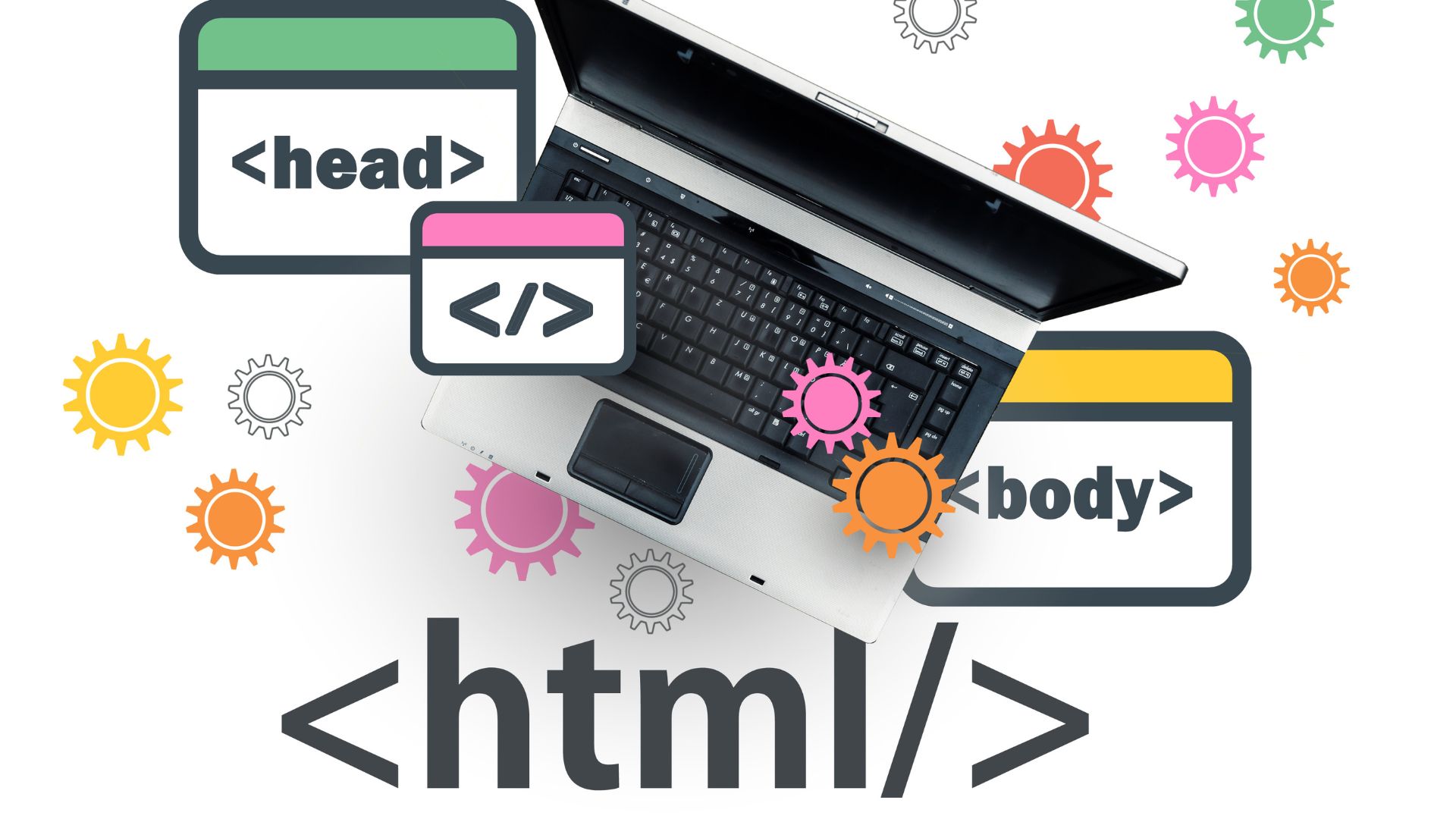Angular Basics: Single Page App Development Simplified

Angular, a powerful framework developed by Google, is widely used for building efficient and sophisticated single page applications (SPAs). This platform simplifies the development process and enhances the functionality of web applications. Let's break down the basics of Angular for SPA development:

1. Understanding Angular and SPAs
Angular is a TypeScriptbased framework that enables developers to build highly interactive and dynamic web applications. SPAs, which load a single HTML page and dynamically update content as the user interacts with the app, are particularly well suited to Angular’s strengths.

2. Core Components of Angular
- Modules: Angular organizes applications into modules, which are containers for a cohesive block of code dedicated to an application domain, a workflow, or a closely related set of capabilities.
- Components: These are the basic building blocks of Angular applications. A component controls a patch of screen called a view.
- Templates: Templates define views. They are a form of HTML that tells Angular how to render the component.
- Services and Dependency Injection: Angular uses services to provide specific functionality not directly related to views. Dependency injection allows you to keep your component classes lean and efficient.
3. Data Binding
Data binding is a core concept in Angular, allowing for interaction between the component (TypeScript code) and the template (HTML). Angular supports twoway data binding, which means that any changes in the component immediately reflect in the view and vice versa.
4. Directives
Directives are instructions to transform the DOM. Builtin directives in Angular help you manage forms, lists, styles, and what users see.
5. Routing
Angular’s router enables navigation from one view to the next as users perform application tasks. It’s an essential element in SPA where the majority of interactions occur on a single page.
6. Angular CLI
The Angular Command Line Interface (CLI) is a powerful tool to initialize, develop, scaffold, and maintain Angular applications. It simplifies tasks like creating a new Angular project, adding components, testing, and deploying.
7. SPA Benefits with Angular
- Improved User Experience: SPAs load once and dynamically update content, offering a more fluid user experience similar to desktop applications.
- Performance: Reduced server load and instantaneous feedback after user actions make SPAs faster and more efficient.
- Separation of Concerns: Angular allows for separating the clientside and serverside of the application. This separation improves maintainability and scalability.
Angular provides a robust framework for building single page applications. Its comprehensive set of features, such as modules, components, data binding, directives, and routing, along with the powerful Angular CLI, make it an ideal choice for developers looking to create high performance, scalable, and maintainable SPAs. As you dive into Angular, remember that its focus on reusability, testability, and efficiency can significantly streamline your web application development process.

